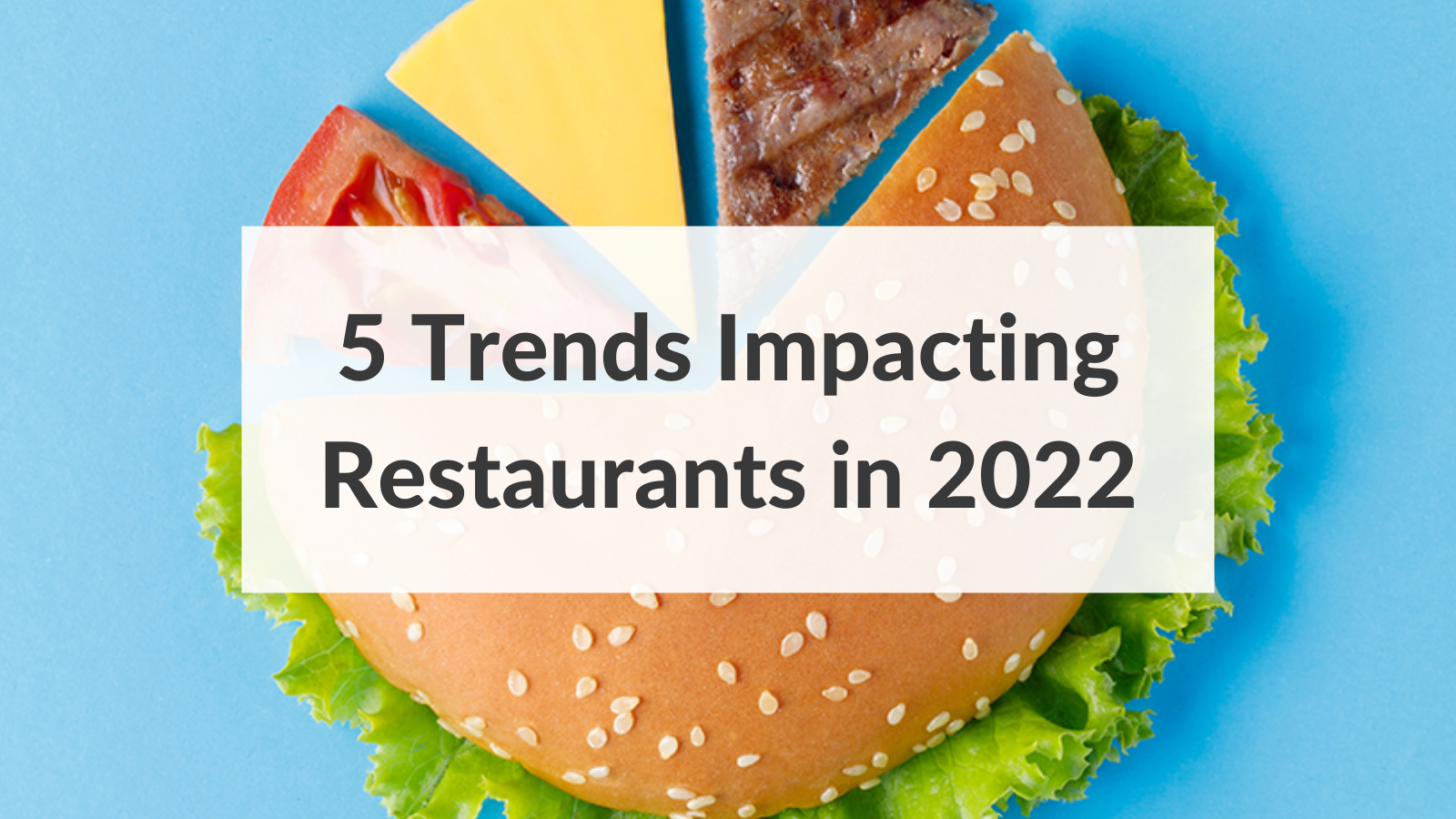Consumer Habits: How Petro-Convenience Stores Can Prepare for 2022
Since the early days of the COVID-19 pandemic petro and convenience stores have demonstrated just how nimble they can be by rolling out new...

Data driven decisions yield results. It’s why our suite of software and services are built around driving actionable insights from customer and operational data. And it’s also why we regularly release insights we’ve gathered from consumers across North American to help our partners – both current and prospective – get a leg up on their competition.
In our latest Consumer Trends for Restaurants report we explore 5 trends facing restaurants in 2022. Here, we’ll outline the key findings and broadly discuss some takeaways, but for more detail we encourage you to download the full report for free here.
Table stakes is a term originating from poker and refers to the minimum requirement to be considered a player. And offerings that once helped restaurants stand out have become just that - basic requirements to be considered among the main brands.
71% of consumers indicated they had used a mobile app to purchase food from a fast-food restaurant. However, when asked which apps they use and to rate their mobile ordering experience, there was no correlation between app popularity and an excellent mobile experience.
Mobile apps are a great way to reduce human error. The customer inputs and checks their order before submitting it - removing any possibility for misinterpretation or an employee inputting their 100th order of a day hitting a wrong key. And the usage data shows that offering a mobile ordering experience is necessary to compete at the top level. However, it appears offering an adequate experience is enough to satisfy consumers who are primarily focused on the quality of the food.
Similarly, loyalty programs prove to be another basic essential. 94% of consumers reported being part of at least one loyalty program and 76% said they would choose a brand with a loyalty program over a competitor who did not.
Additionally, 82% of consumers said they would purchase an item worth more loyalty points if it was equal in value. This means a loyalty program is essential for attracting customers and influencing their buying habits. However, when asked why they remain loyal to a restaurant, the top 3 responses were customer experience, quality of food, and price. This shows that while a loyalty program will attract customers, they are not a key driver when it comes to keeping them.
In a recent webinar, Intouch Insight’s President & CEO, Cameron Watt, discussed what he referred to as the “share of stomach problem.” That is to say that brands across multiple industries are trying to satiate the same consumer need. So, whereas traditionally restaurants could focus solely on competing with other restaurants, today they also need to watch for other industries that are encroaching on their territory.
For fast casual and quick-serve restaurants, there is rising competition from convenience stores offering ready-made food. In fact, 76% of consumers reported having purchased prepared food from a convenience store with speed and convenience being the primary drivers.
This channel blurring makes competitor shops, mystery shopping programs that measure your competition, even more important than ever. The good news is you can leverage your existing mystery shopping program to do so. Using the same questionnaire to measure competitors, regardless of their broader industry helps you avoid overcomplicating the results and ensures you are focusing on the same points along the customer journey.
Did this wet your appetite for consumer data? Want to dig deeper? Our entire Consumer Trends for Restaurants is free! You can also check out previous reports covering various industries here.
Make sure you’re subscribed to our monthly newsletter to get the latest trends and reports delivered directly to your Inbox and, as always, if there’s something you want to know we’d love to hear from you at letschat@intouchinsight.com.

Since the early days of the COVID-19 pandemic petro and convenience stores have demonstrated just how nimble they can be by rolling out new...

As the days get shorter and the weather gets colder, many of us will start turning to our favourite restaurants for some much needed comfort food....

With compounding external factors such as supply chain issues, labor shortages, and rising inflation impacting the daily operations of convenience...